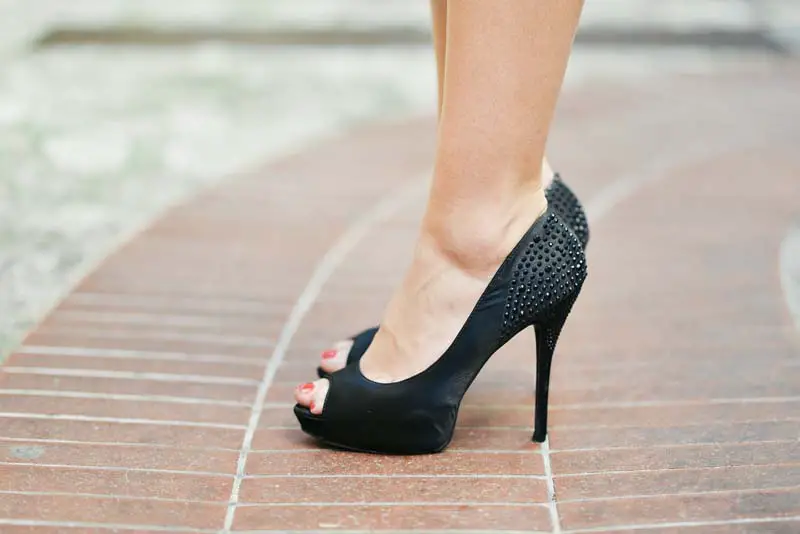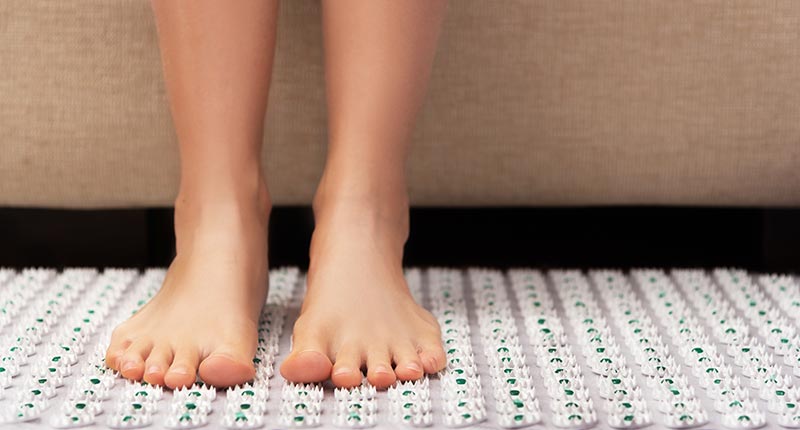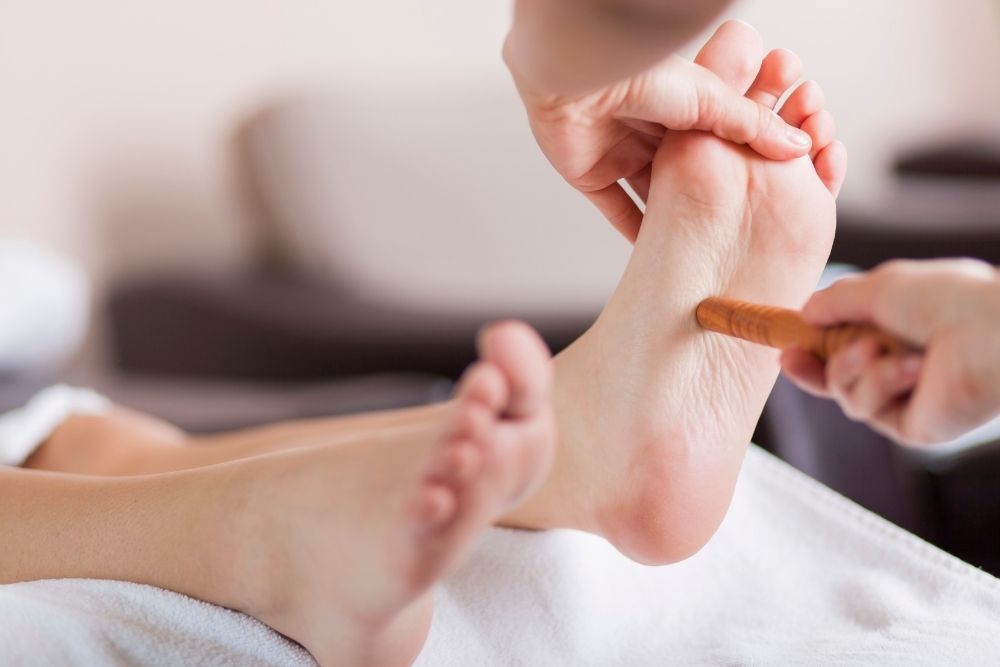Have you tried everything to get rid of the stubborn plantar fasciitis? No matter how much money you spend on treatments, it just doesn’t do you any good. But, have you tried foot reflexology for plantar fasciitis?
I know the struggle. I’ve had this problem for a while now, which is why I decided to give this complementary therapy a try. Let me assure you; it works wonders for foot pain. If you’ve never had the chance to try it out, it’s time that you give it a go! Here is why.
My Experience With Foot Reflexology for Plantar Fasciitis

Hiking is my passion. I love long walks, exploring the trails in the countryside, and enjoying the fresh air. But, plantar fasciitis is a real deal-breaker for me. Anyone who has dealt with it before knows how draining it can be.
The constant heel pain and discomfort make it a massive problem for stretching and walking. Some people bounce right back from it, with just a little rest, but mine dragged on for years on end. It completely undermined my fitness and general health.
At first, I thought I was the only one with such a health issue. So, I did my research and found out that a lot of people are going through it. That’s why I wanted to share my experience with you.
You see, plantar fasciitis is a common orthopedic complaint. Over 1% of adults in the U.S. were diagnosed with the condition in 2017. Based on reports, 25% of those affected experienced severe pain, 45% had moderate pain, and 25% mild pain.
Like most people out there, I dealt with moderate pain. I tried anything I could think of, like pain relievers, cold therapy, exercises, stretching – you name it. But it didn’t really solve the problem. Instead, they just helped me cope with it. I knew I needed something better. Something that can help me in the long run. I heard that a lot of people with severe cases get surgery. But I hope it wouldn’t come to that.
A couple of years ago, a colleague suggested I try foot reflexology for plantar fasciitis. I wasn’t really in the mood for another disappointment.
But boy, was I wrong.
I had the pleasure of receiving a reflexology treatment from a specialist in my local area. In just a few massaging sessions, I noticed a significant improvement. That stiffness and stabbing heel pain slowly dissipated. The discomfort subsided, and I felt the tension go away.
How Can Reflexology Help Plantar Fasciitis?
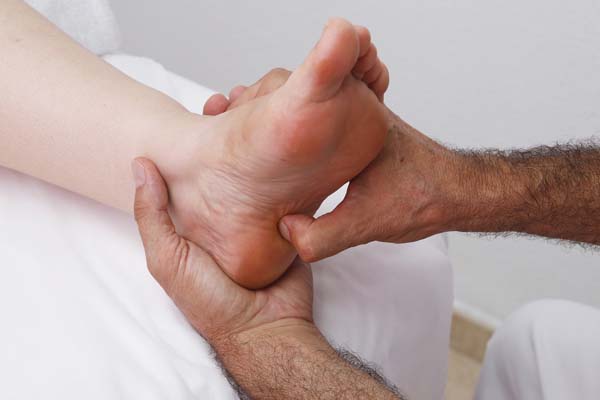
I couldn’t believe the amazing results. With time, the effects of the massage sessions got better and better. So, I decided to talk to my therapist and ask them what makes this holistic approach such a potent therapy. Here is what I learned.
The thin plantar fascia ligament is the one that supports the foot’s arch. It is located on the base of the foot and helps us walk. When we experience pain due to plantar fasciitis, the condition stresses out the ligament. That’s why it starts to wreak havoc in the entire leg.
Foot reflexology is meant to alleviate some of that discomfort and pain. It relies on unique pressure points that help us release tension and treat heel pain. Reflexologists are trained at digging in the thick fibrous connective tissue.
They will work with the feet from top to bottom to get rid of any pain or discomfort. With the help of acupressure techniques, they apply pressure to specific spots in the feet and stimulate a healthy cell response.
But, most importantly, reflexology is a much healthier and cheaper alternative to plantar fasciitis surgery.
Benefits of Reflexology
The art of this massaging technique has been around for thousands of years. It’s a popular alternative medicine that originated in ancient China and Egypt. But, to understand the technique, you need to know how it works.
Experts believe that energy constantly moves through the human body. It uses channels called meridians to move from one place to the other. Each part of the foot can be divided into different zones. These zones reflect parts of the meridian pathways.
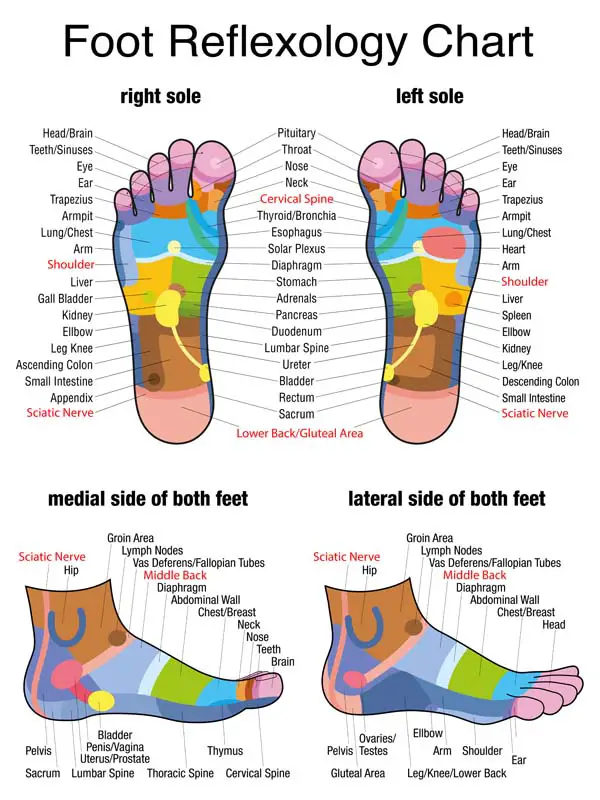
The idea of reflexology is to add pressure to a specific spot on the foot or an acupoint. Every acupoint is connected to a unique organ. When pressed, the acupoint will create a sudden response and provide relief based on its connection to the organs.
During a massage, the pressuring techniques will work with the meridian pathways and restore proper energy flow. That’s why people experience pain relief, among other benefits. Here is a list of all the benefits reflexology can offer.
1. Circulation
Reflexology can promote healthy blood circulation. By increasing circulation, more oxygen will get to different parts of the body, which helps the organs function properly. This is a crucial factor in maintaining optimal health.
2. Nerve Function
The older we get, the more sensitive our nerves become. The nerve endings slow down, particularly in the extremities. With the help of reflexology, we can reconnect over 7,000 nerve endings in a single session. That’s why we can experience better alertness and function.
3. Pain Relief
Of course, the main reason people want a massage is to get rid of the pain. But, reflexology is not your run-of-the-mill massage. It can help manage both chronic and mild pain. Reflexologists believe that the source of the pain comes from the blocked meridian pathways.
Since the technique can restore proper energy flow, it can help the meridians get back on track and stimulate a healthy nerve function. According to the National Institutes of Health, reflexology is a widely accepted therapy for feet pain. People who’ve tried it have expressed a powerful relief after regular sessions.
4. Relaxation
With each massage, the therapist will use the acupressure to stimulate the neural pathways. This will promote a healthy flow of energy. As a result, the body can relax. That’s why a lot of people try reflexology not just for pain relief, but for anxiety and stress as well. If you deal with a lot of stress and heel pain, this is definitely something you should try.
Related Reading: You Will Never Thought That Knowing Foot Pressure Points Diagram Could Be So Beneficial For Your Health!
How Did It Feel?
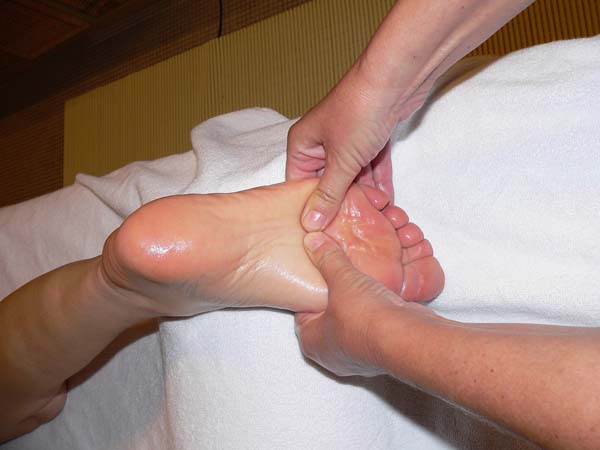
I know that a lot of people out there have no idea how a typical reflexology session looks like. So, I wanted to give you a cool insight.
The session starts with a soothing feet soak. The therapist will prepare hot water and mix it with some Epson mineral salt. The whole point of the soaking technique is to draw out the inflammation and soothe the soreness.
This will allow the muscles to loosen up a bit, which helps create the ultimate working surface. Now, it’s time for the therapist to do his magic. First, they will start by breaking up all those “crystals” in the feet.
You will start feeling the muscles loosening up, and all that tightness disappears. The therapist will then move to the Achilles tendon and stretch the ligaments. Basically, the longer you had the problem, the more painful the first massage is going to be.
The plantar fasciitis reflex points are somewhat painful. But, not unbearable. They are aggravated little knots located in each muscle. You can find them in the calf, which is why the therapy will first focus on the lower part of the foot.
That’s why you have to be super careful if you plan on doing it yourself. You don’t want to press hard on those sore puppies and regret it. My therapist used softer pressure for the first sessions, so I won’t feel too much pain. Then, he carefully increased the pressure with each subsequent visit.
The massage speeds up flexibility and circulation in the lower part of the legs and removes any sources that cause pain or inflammation. But, don’t expect the pain to magically go away after treatment. Like most health issues out there, an instant cure doesn’t exist. So, you have to be super patient.
How Long Does It Take to Notice Results?
It depends. People who’ve had plantar fasciitis for a long time, like me, will need some more treatments and heavy pressing than usual. It can take around 3 to 5 visits for the reflexology to treat the plantar fasciitis. After the 3rd visit, I felt some fantastic relief. It helped me relax a lot.
I never thought that reflexology could take the weight off my shoulders so quickly. The best thing is, you can maintain that flexibility and pain control if you get regular massages.
Personally, I believe that if the pain doesn’t subside after the 4th session, maybe you should try something else. Talk with your doctor if you have serious issues, and reflexology doesn’t work for you.
Foot Reflexology Techniques to Try At Home
A lot of my friends ask me if I know a foot reflexology technique to use at home. I think that it’s better to start with a professional therapist, just to make sure you will receive the best possible massage. But, if you want to massage the feet at home, you can do that too. Follow the steps below.
Step 1: Prepare the Feet for Massage
Take your favorite massage oil and gently rub it on the feet. Even though it’s optional, I do think that massaging the feet with a generous amount of oil can make the whole process a lot smoother.
Step 2: Think About the Spots You Want to Massage
Take a reflexology chart to find the points on the feet that correspond with the area where you feel pain. Move your finger around the feet and legs until you find the trigger points. The trigger points are easy to recognize once you start feeling radiating pain that goes to the heel. This is the spot you want to massage.
Step 3: Find a Place to Sit
Sit down on a comfortable surface and cross one leg over the other. What you want is easy access to the bottom of the foot. Take any position you find comfortable. If you need some support, use a towel to rest the foot.
Step 4: Start the Massage
Use the thumb to add pressure to that particular spot. Hold the thumb for a couple of seconds and start kneading the area. Find another trigger point and repeat the same technique. Massage all the spots that cause you pain.
Note: If you have a metabolic condition or use a pacemaker, it may not be a good idea to try reflexology. Consult with your doctor before you attempt any massaging technique.
How do Ear Seeds help With Plantar Fasciitis?
Other than foot reflexology, I also tried ear seeds. Although it sounds strange, adding pressure to the ear seeds can also help with the pain. This is a type of auriculotherapy, which refers to ear acupressure. Basically, it is another method that restores proper energy flow. If you have never heard of ear seeds before, you can find out more information about it here.
It helps the meridian pathways get back on track, just as you would get with a foot reflexology massage. If you think of trying out ear seeds, check out our Ear Seed Kit for Multi-Conditions.
It’s the perfect option for beginners. It comes with a simple instruction manual, and it is super easy to get into. If you want to revamp your massaging efforts, it’s definitely worth a try. Here is the ear seed placement chart for heel pain:
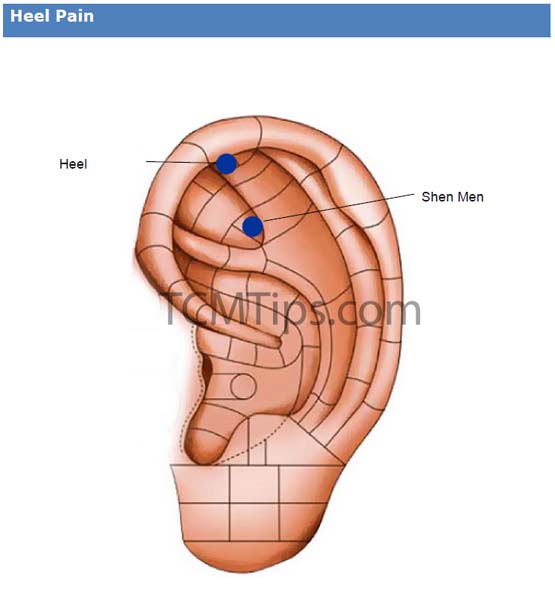
Conclusion
I’ve had a tough time with plantar fasciitis over the years. But, once I tried foot reflexology, I finally found the management strategy I always wanted. Because of how happy I am with the results, I decided to share my experience with you. I hope that the information here helped you overcome your condition.
What was your experience like with reflexology? Did it work for you? Let me know what you think in the comment section below.
Related Reading
- 15 Unexpected Ways Foot Massage Ball Benefits Can Make Your Life Better
- Gua Sha Plantar Fasciitis – Everything You Need To Know About The Chinese Massage For Heel Pain
- Kidney 1 Acupuncture Point Is The Best Foot Reflexology Point According To Experts
Photo by Holly Mandarich on Unsplash
 P. Sze
P. Sze 